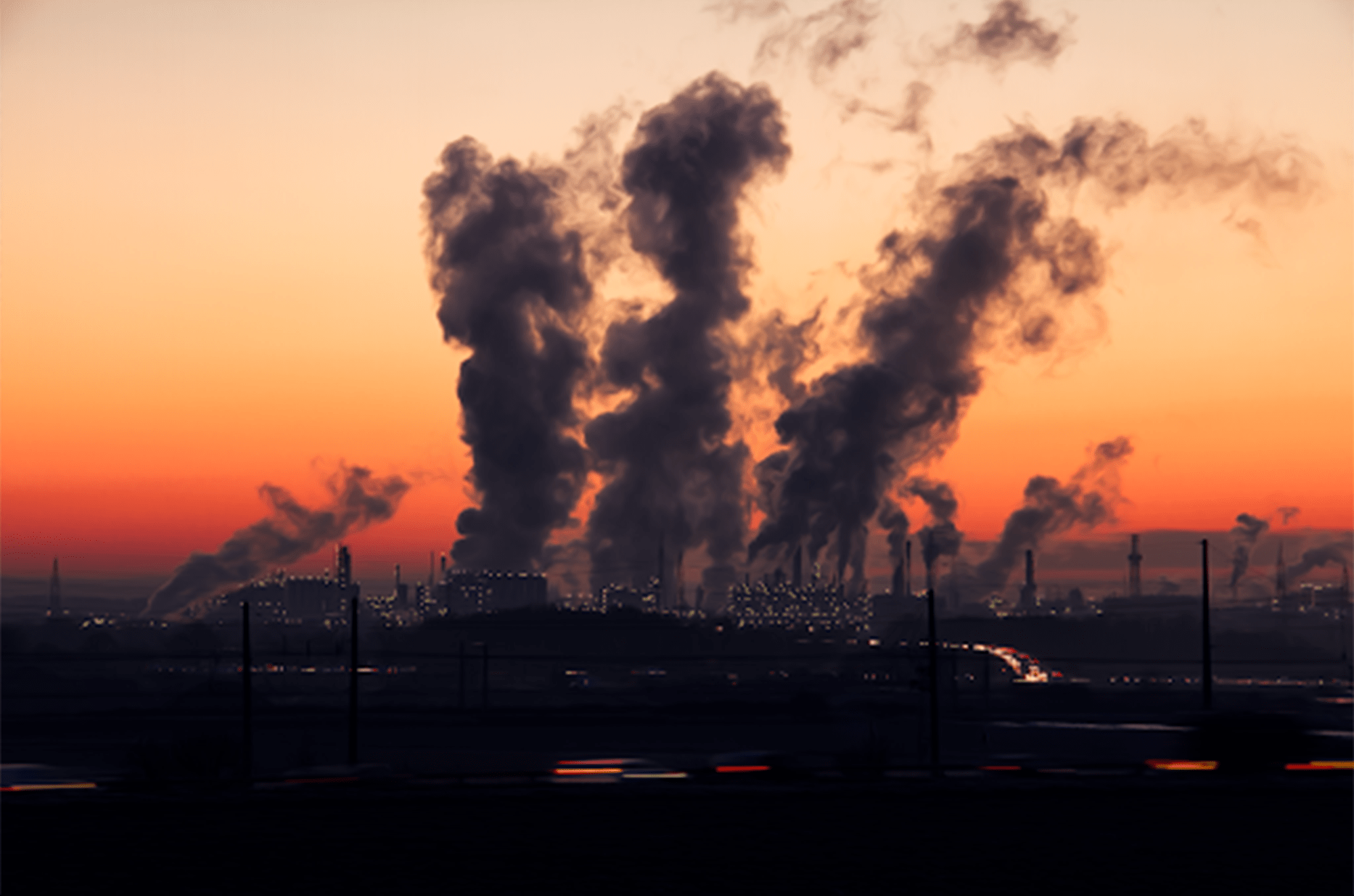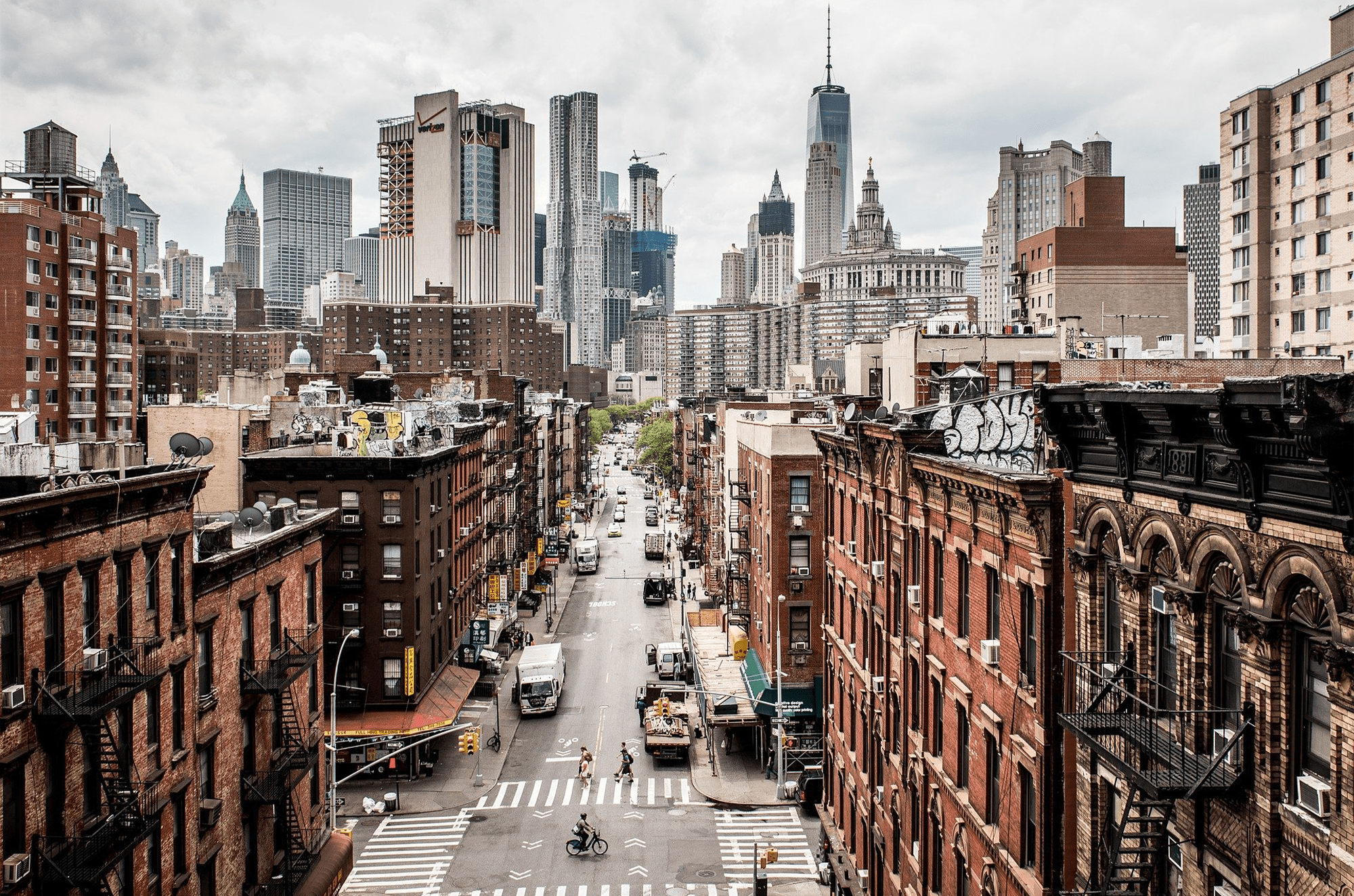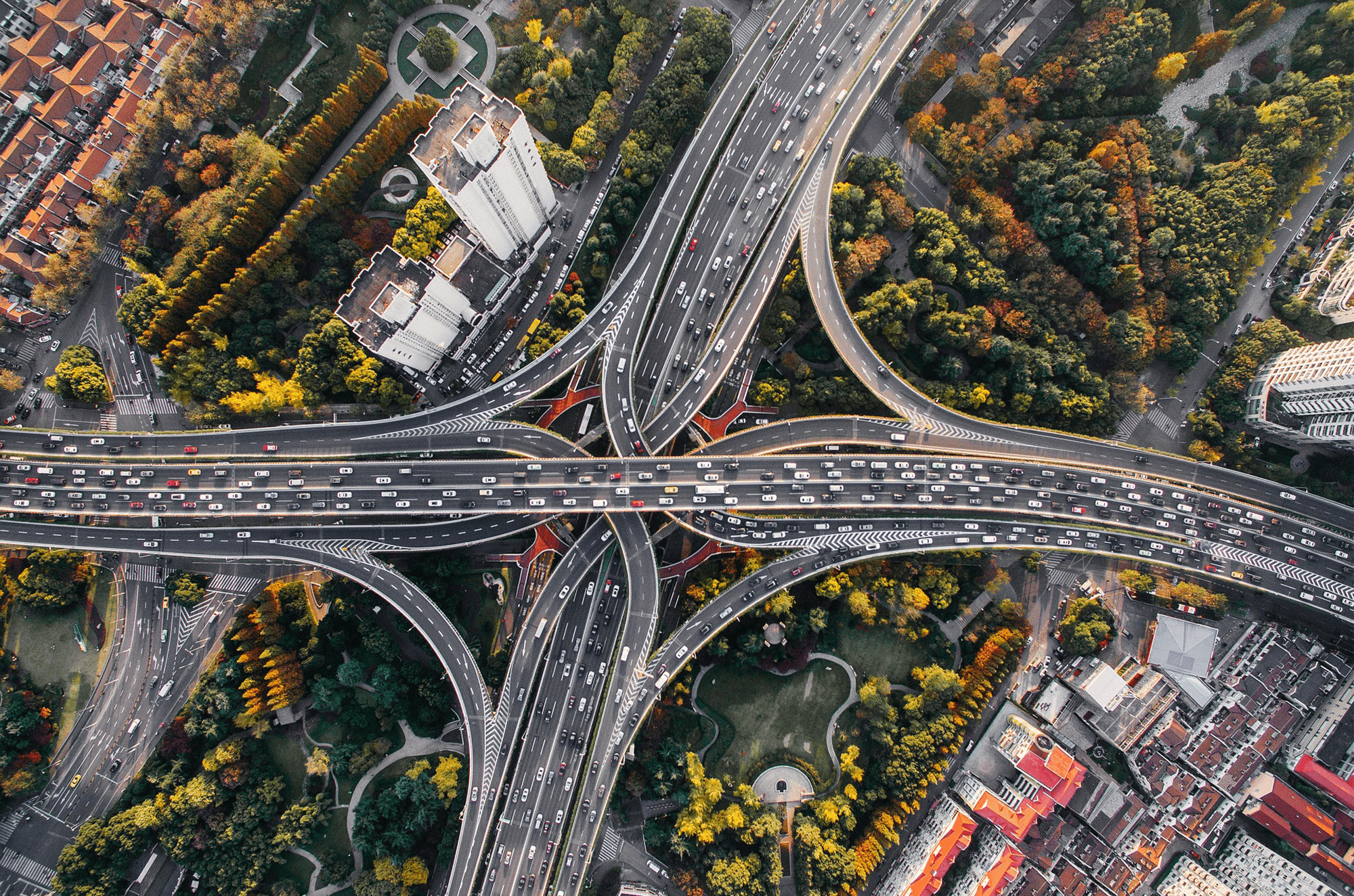The Dangers of Black Carbon
By Maria DeKoning
In our day-to-day life, we are hearing more and more lately about how our actions affect our planet. Whether it is someone telling us not to litter or about the importance of recycling, many of us try to stay conscious about the advance effects of our actions.
We will always need to get ourselves from place to place and heat our homes in the winter to stay warm. It is what everyone does, and it is unavoidable, right? We barely think about the amount of pollution that comes from the tailpipe of our cars or the smoke from our grills. And, we typically compare it to the amount huge industries produce. Aren’t we all just a drop of water in the Atlantic Ocean sized pool of pollution?
The answer is both yes and no. While each individual may not produce the same amount of pollutants as coal mining or petroleum industries, we each are one piece of the giant puzzle that is climate change. On average, one vehicle that gets 22mph and travels 11,500 miles each year adds 4.6 metric tons of carbon dioxide to the atmosphere every year. The emissions that come off of our exhaust pipes are a combination of pollutants including nitrogen dioxide, carbon monoxide, benzene, and formaldehyde. Roadway traffic also leads to the production of particulate matter or (PM) which is the second most abundant greenhouse gas in the atmosphere today, behind carbon dioxide (CO2).
So, What’s Black Carbon Then?
Black carbon, to put it simply, is particulate air pollution mixed with “soot” that occurs from the incomplete combustion of fossil fuels. It is a solid form of carbon that is too small to be seen by the naked eye and is a huge contributor to the change in the climate. In most cases, the burning of fossil fuels, such as wood, gasoline, and coal, occurs intentionally to create energy- but that is not always the case. For example, wildfires. When wildfires occur, fine particulate matter (PM2.5) or soot is released into the atmosphere at an alarming rate.
A recent study done in New York shows that the amount of black carbon in the air depends mostly on the time of day and location. For example, people are at higher risk of inhaling black carbon during the peak travel times of the day in highly populated cities. The study also found that weekdays lead to higher black carbon levels than weekends. This is because the vehicle travel during peak hours (6 AM-10 AM and during the late evening) are much higher.
Where Does it Come From?

Over the past couple of years, the amount of back carbon in the air has decreased from its peak in the late 1800s and early 1900s. There was so much black carbon polluting the air that current researchers are able to look at soot-covered feathers of birds collected for museum displays in order to study it. Part of the reason for the high amounts of soot in the air was because industries burned bituminous coal for energy. It is since then that regulations were made to restrict the amount of soft coal burned and to instead incorporate other means of creating energy like petroleum and natural gas.
According to the US EPA, roughly 50% of black carbon emissions come from diesel engines and vehicle tailpipes. The second major source is from the burning of organic matter such as wildfires, heating of residential homes, and heavy industry.
Why is it Dangerous?
Even though the amount of black carbon in the air is way past its peak, it is still a potential health risk to many. Particulate matter is dangerous because of its ability to travel within your body. The carbon particles are so small that they can travel into your lungs, and cause arrhythmias, changes in blood pressure, and worsen the effects of asthma. People with preexisting conditions such as heart and lung disease are at the highest risk as some exposures can result in premature death.
Black carbon is not only dangerous to human health but also to the environment. PM is the second most emitted pollutant behind carbon dioxide. Black carbon also has a warming effect on the climate that is between 460 and 1,500 times stronger than CO2. This is because of its ability to capture sunlight and therefore increase the temperature of the Earth’s surface. It also prevents natural clouds from being formed altering weather patterns and affecting plant productivity. When black carbon lands on plant leaves, it prohibits their ability to absorb sunlight and raises their internal temperature.
What You Can Do:

In all, the best thing that you can do to limit the amount of PM and black carbon in the air is right along the lines of limiting all harmful pollutants. There are small everyday actions that you can take that limit the number of pollutants in the air and create a healthier and happier environment all around.
It’s the Small Stuff:
- Choose natural hardwood charcoal for grilling that has low ash and a high heat output or natural gas grills.
- Use digit thermometers over mercury ones and never dispose of mercury in the trash. For proper disposal visit here
- Do not spill gasoline when refueling garden equipment. When spilled gasoline reacts with sunlight it creates smog.
- Use a rake instead of a leaf blower, or use your leaf blower on the lowest possible gear to prevent blowing dust particles into the air.
- Keep the heating system in your house up to date and clean.
- Store gasoline securely to make sure no vapors are escaping.
- Avoid latex paints and use those that are oil-based instead.
- Refrain from buying aerosol spray products and use pump sprays instead
- Never burn painted or treated wood during a campfire, and always follow the DEC’s campfire safety guidelines.
- Buy cleaning products, paints, stains, and personal care items that have low VOCs.
- Get rid of all backyard burn barrels. They are illegal and can release up to 40x more toxins than permitted facilities.
- Plant a tree!
When Driving:
- Do not top off your gas tank. It is bad for your engine and releases toxic substances into the air.
- Drive the speed limit to decrease the number of emissions that come off your tailpipe.
- Carpool whenever possible and combine trips
- Get gas after sunset. The sun can cause the vapor from the gas to create ozone formation on hot summer days.
- Maintain tire pressure to ensure maximum miles per gallon and reduce PM emissions.
- Invest in new clean-diesel vehicles that run up to 35% cleaner than older ones.
Galli Engineering

Our multifaceted team of Professional Engineers, Scientists, and support staff provide comprehensive environmental solutions which are dependable, cost-effective, and create a better world. The services that our experienced engineers provide include air quality studies. The full comprehensive list of air services we provide is below. If you would like to know more about the other services we offer, give us a call at 631-271-9292.
- Air Emissions Qualifications and Permitting
- Soil Vapor Studies
- Microbial and Water Intrusion Assessments including Mold and Mildew
- Ventilation Systems Design
- Community Air Monitoring Programs
- Air Quality Analysis for EAS/EIS Preparations
- Design of Air Quality Control Systems




